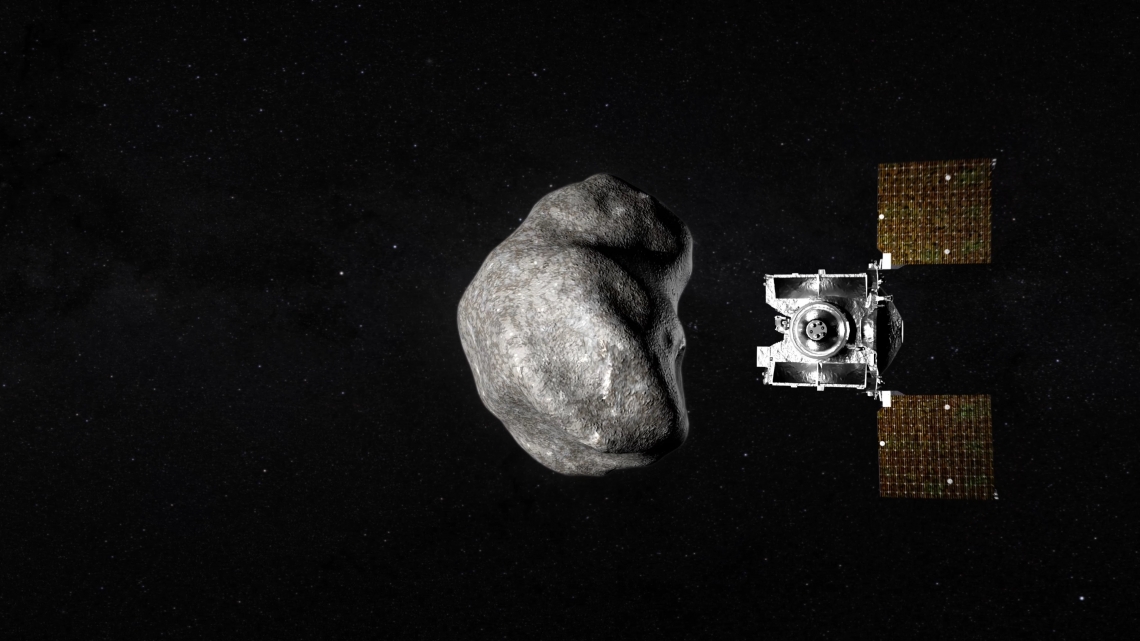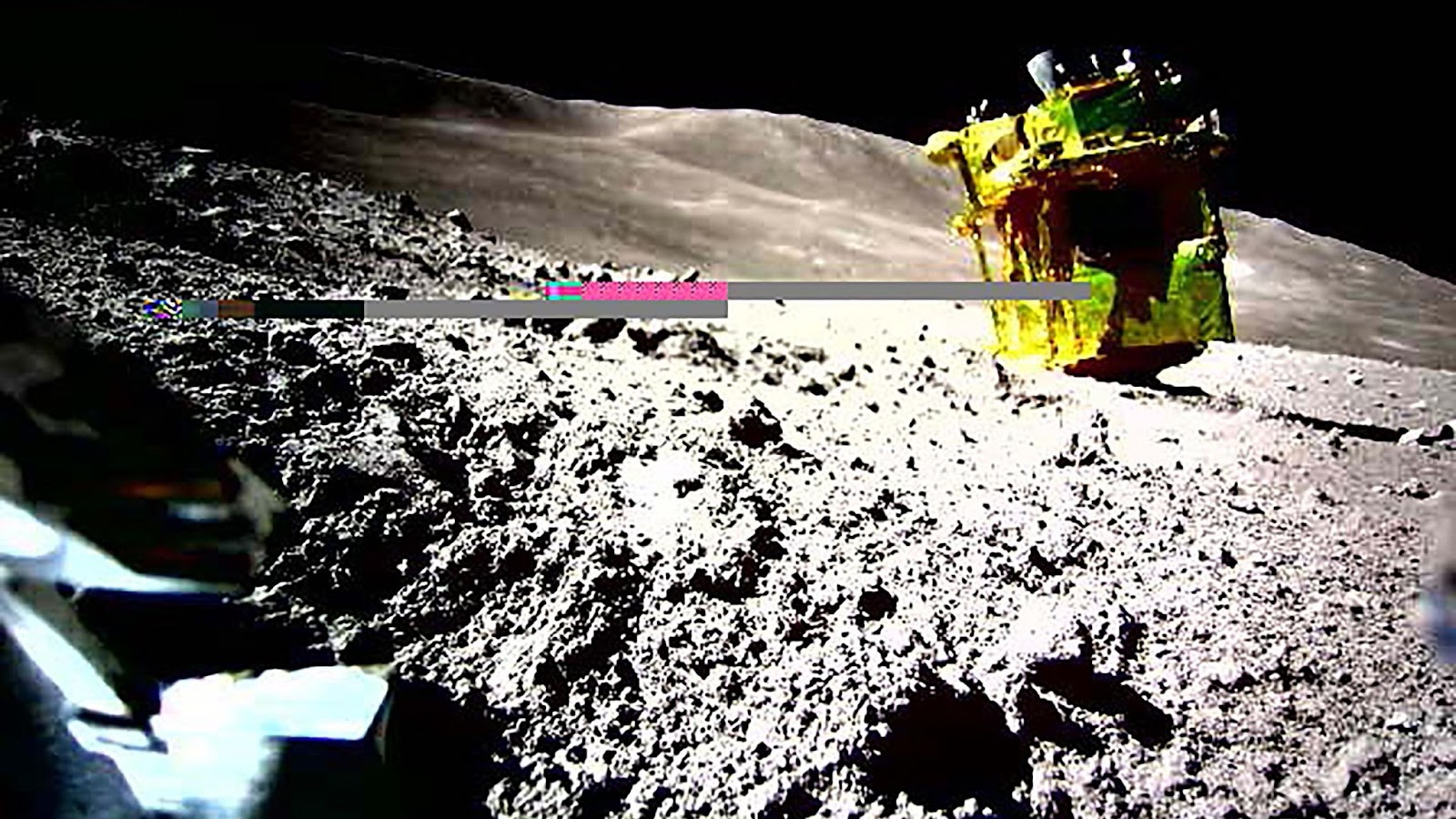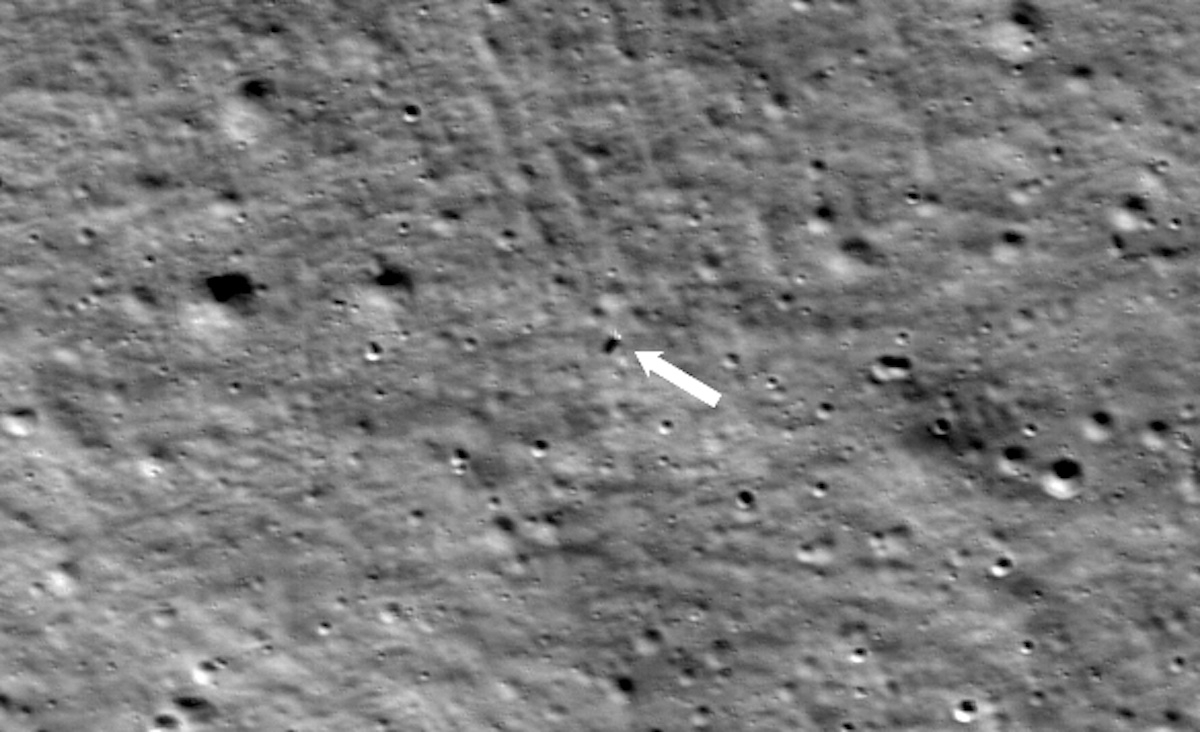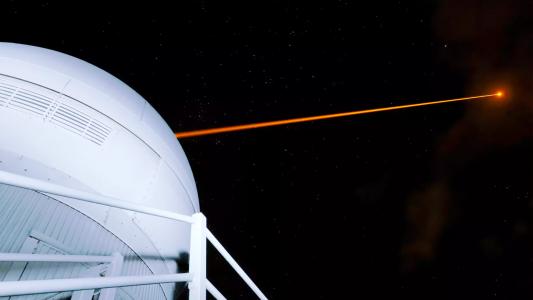This is T-Minus, where we count down the biggest developments in space, from new rocket launches to discoveries that advance our understanding of the universe and our place in it. Humanity is reaching new heights in space exploration. Make sure you’re part of the journey by subscribing here.

OSIRIS-APEX beats the heat
In September, NASA’s OSIRIS-REx spacecraft flung a capsule containing a sample of the asteroid Bennu to Earth, ending a historic mission that had begun more than seven years prior. NASA then renamed the spacecraft to “OSIRIS-APEX” and gave it a new objective: study how a close encounter with Earth in 2029 will affect the asteroid Apophis.
This mission could tell us how Earth’s gravity can change a passing asteroid’s orbit, spin, surface, and more — but it will also require the spacecraft to survive traveling 25 million miles closer to the sun than NASA had anticipated when designing it for the primary mission.
On January 2, OSIRIS-APEX made the first of six trips near the sun, with all but its most critical systems disabled for safety. On February 20, after nearly two months of minimal contact with the spacecraft, NASA reported that OSIRIS-APEX seems to have survived the close encounter — keeping the extended mission alive.


SLIM survives the cold
The saga of SLIM continues.
On January 19, JAXA’s SLIM spacecraft touched down on the lunar surface, making Japan just the fifth nation to soft land on the moon. Because SLIM landed upside down, its solar panels couldn’t charge, though, so JAXA shut it down to conserve what little energy was left in its battery.
Nine days later, JAXA was able to reestablish contact with SLIM, thanks to the new position of the sun in the lunar sky, but soon after, it put the lander to sleep again for what was expected to be the last time: the lunar night was coming, and SLIM wasn’t designed to survive its harsh cold.
SLIM is turning out to be the little lander that could, though, as JAXA tweeted on February 25 that it sent a command to SLIM and received a response, confirming that the spacecraft had survived the lunar night with its communications capabilities intact.
“Communication with #SLIM was terminated after a short time, as it was still lunar midday and the temperature of the communication equipment was very high,” tweeted JAXA. “Preparations are being made to resume operations when instrument temperatures have sufficiently cooled.”


Odysseus makes lunar history
We included Intuitive Machine’s moonshot on our list of the most exciting space missions of 2024 for two good reasons. The Houston-based startup’s lunar lander had the potential to be the first private spacecraft ever to successfully land on the moon, and it would be the first American spacecraft on the moon since the Apollo Program ended over fifty years ago.
As it turns out, the mission was destined to be even more exciting than we realized.
Early in the morning of February 15, a SpaceX rocket deployed Intuitive’s NASA-funded lander, dubbed “Odysseus,” and within an hour, Intuitive reported that the spacecraft was healthy and en route to the moon. Six days later, the lander entered the moon’s orbit, just as planned.
Then things took a turn.
On February 22, hours before the anticipated landing attempt, Odysseus’ navigation system failed. Thankfully, one of the mission’s payloads was an experimental NASA navigation system, and Intuitive was able to improvise, using that system to bring the spacecraft in for a safe (but sideways) landing.
“In daring to confront one of humanity’s greatest challenges, Intuitive Machines created an entire lunar program that has ventured farther than any American mission to land on the moon in over 50 years,” said Steve Altemus, CEO of Intuitive Machines. “This humbling moment reminds us that pursuing the extraordinary requires both boldness and resilience.”

We’d love to hear from you! If you have a comment about this article or if you have a tip for a future Freethink story, please email us at [email protected].



